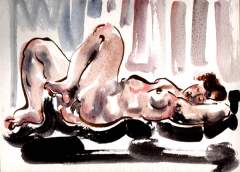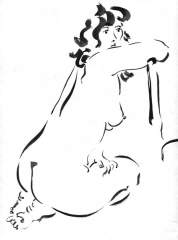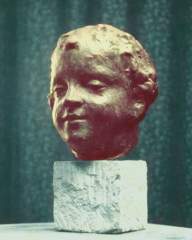Introduction to three-dimensional photography
Personal history
At tender age of 13, I was given my first camera by an old man living
on other end of village. It was this 8 x10 inch glass plate camera
which started my journey. I never had my plates or films developed
by lab, did all by myself and ruined much of it. But I learned
When graduating to colour, it was Agfacolor. If I remember
correctly, the main ingredient in their developer was di-ethyl
paraphenylendiaminsulphate. Later in Canada, in an art studio of
my own I blossomed into three-dimensional branch. I was
proficient and had experiences, so I was able to teach 3-D course at
the renown Sheridan College. However, despite my expertise and
fully equipped photo studio I was not interested in starting a
business. The cost of material was prohibitive and I did not have the
conscience to charge the customers more. Besides, I had well paid
and steady job. This applies equally to all other art. When moving to
Philippines I lost most of my equipment to evil people, some gave
away virtually free. My knowledge nobody can take away from me.
Lesson 1 - Three-dimensional vision.
Humans have two front-facing eyes with distance between some 2
and half inches. This is the basis of our perception of space. Second
important input for our brain to work with is ability of our eyes to
accommodate, change curvature in eye’s lens in order to focus on
near and distant objects. Changing curvature of lens accomplished
by different tension in the lens muscles is simultaneous with
convergence, which is ability to move, change direction the eye axes
point from acute angle employed in looking at close objects to
parallel when focussing onto horizon.
In taking and viewing three-dimensional, also called “stereo”
images only the first two requirements, distance between camera lenses
and between our ayes and eye convergence are functional.
Next, lesson 2 - how the pictures are taken. No big deal.



